Chromecast vs Fire Stick: Which streaming device is best for you?
Our Chromecast vs Fire Stick face-off clarifies the confusion these six affordable devices create
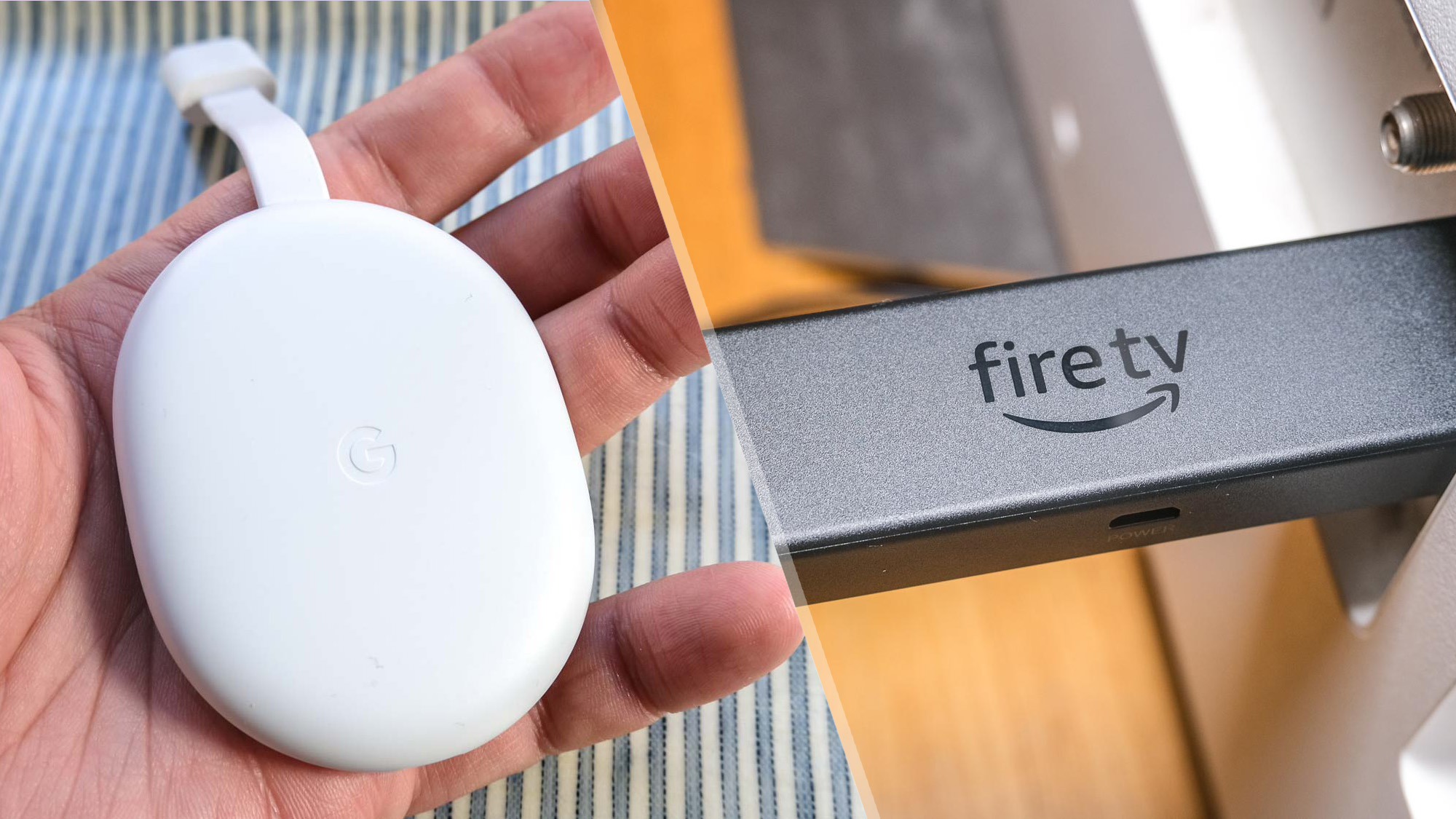
This Chromecast vs Fire Stick face-off looks to help you settle a big annoying problem: there are too many sub-$55 streaming devices (and that's not even counting the best Roku devices).
Google's finally cleaned up its lineup, removing the older Chromecasts that didn't have remotes, and now offers just two models: the Chromecast with Google TV 4K and the newer Chromecast with Google TV HD. Both are among the best streaming devices.
Amazon offers a quartet of budget streaming sticks: the Amazon Fire TV 4K Max is its highest-end Stick (and the only $55 streaming stick), which has some differences from the older Amazon Fire TV Stick 4K ($49). Don't need 4K? The Amazon Fire TV Stick ($39) and Amazon Fire TV Stick Lite ($29) are less expensive.
But that's six devices, which have a lot of differences. So, let's unpack how the 4K models and the HD models differ, and the overall differences across both platforms, to help figure out which is right for you.
Chromecast vs Fire Stick: 4K models
| Header Cell - Column 0 | Chromecast with Google TVChromecast with Google TV 4K | Fire TV Stick 4K Max | Fire TV Stick 4K |
|---|---|---|---|
| Starting price | $49.99 | $54.99 | 49.99 |
| Resolution | Up to 4K UHD at 60 fps | Up to 4K UHD at 60 fps | Up to 4K UHD at 60 fps |
| Processor | Undisclosed | Quad-core 1.8GHz (750MHz GPU) | Quad-core 1.7 GHz (650MHz GPU) |
| Wireless | Wi-Fi 802.11ac (2.4 GHz / 5 GHz) Bluetooth® | Wi-Fi 6, 802.11a/b/g/n/ac/ax | 802.11a/b/g/n/ac |
| Dimensions | 6.4 x 2.4 x 0.5 inches | 4.25 x 1.18 x 0.55 inches | 4.25 x 1.18 x 0.55 inches |
| Colors | Sky, Sunrise, Snow | Black | Black |
| Audio | Dolby Atmos, Dolby Digital (5.1 surround sound), Dolby Digital Plus (7.1 surround sound) | Dolby Atmos, 7.1 surround sound, 2-channel stereo and HDMI audio pass through up to 5.1 | Dolby Atmos, 7.1 surround sound, 2-channel stereo and HDMI audio pass through up to 5.1 |
| Video | Dolby Vision, HDR10/10+ | Dolby Vision, HDR10/10+ | Dolby Vision, HDR10/10+ |
| Remote | Chromecast remote | Alexa Voice Remote w/ Live TV and App buttons | Alexa Voice Remote |
| View smart home cameras | Yes | Yes (with live picture-in-picture) | Yes |
Price: The Chromecast with Google TV 4K ($49), Fire TV Stick 4K ($49) and Fire TV Stick 4K Max ($54) are similarly priced, and the Max offers a few extra perks for that additional $5.
Picture quality: All three produce 4K UHD video at up to 60 frames per second. Each also has Dolby Vision, HDR10 and HDR10+ support, so your video quality can look as the creator intended (or as close as your TV set allows).
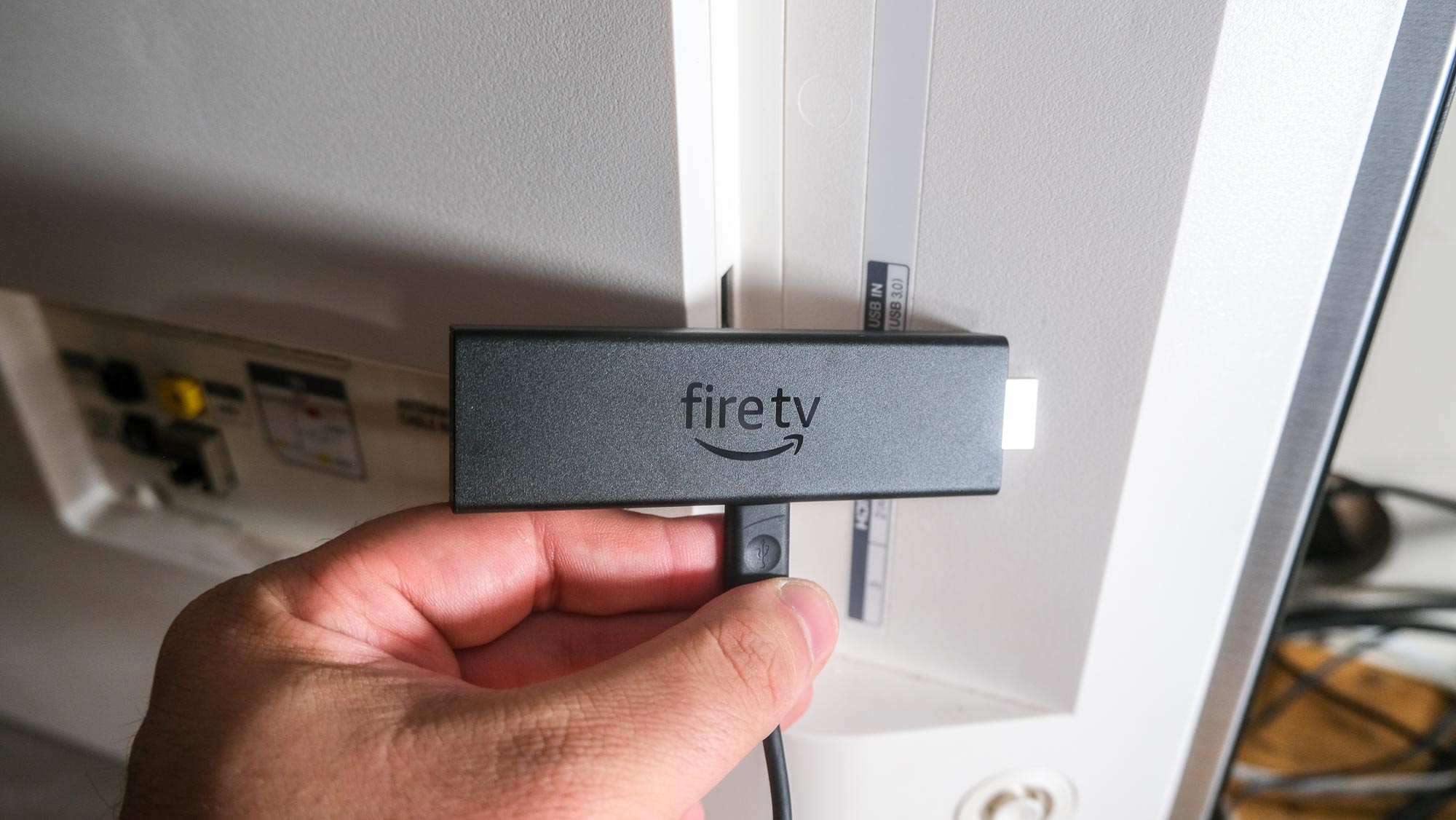
Audio quality: The 4K Chromecast and Fire TV Sticks all support Dolby Atmos and multi-channel (up to 7.1) audio. Both sounded good in my testing.
Performance: The Chromecast with Google TV 4K, Fire TV Stick 4K and Fire TV Stick 4K Max all proved snappy and fast enough during our testing. When we broke out the stopwatch, though, we did see some differences. While the Fire TV Stick 4K Max and Chromecast 4K loaded Netflix and Disney Plus in 9 seconds, the Fire TV Stick 4K took 4.5 seconds longer, and the loading animation stuttered a little.
Similarly, we saw close load times for Netflix on the Chromecast (1.58 seconds) and Fire TV Stick 4K Max (1.38 seconds), while the Fire TV Stick 4K took 20 seconds.
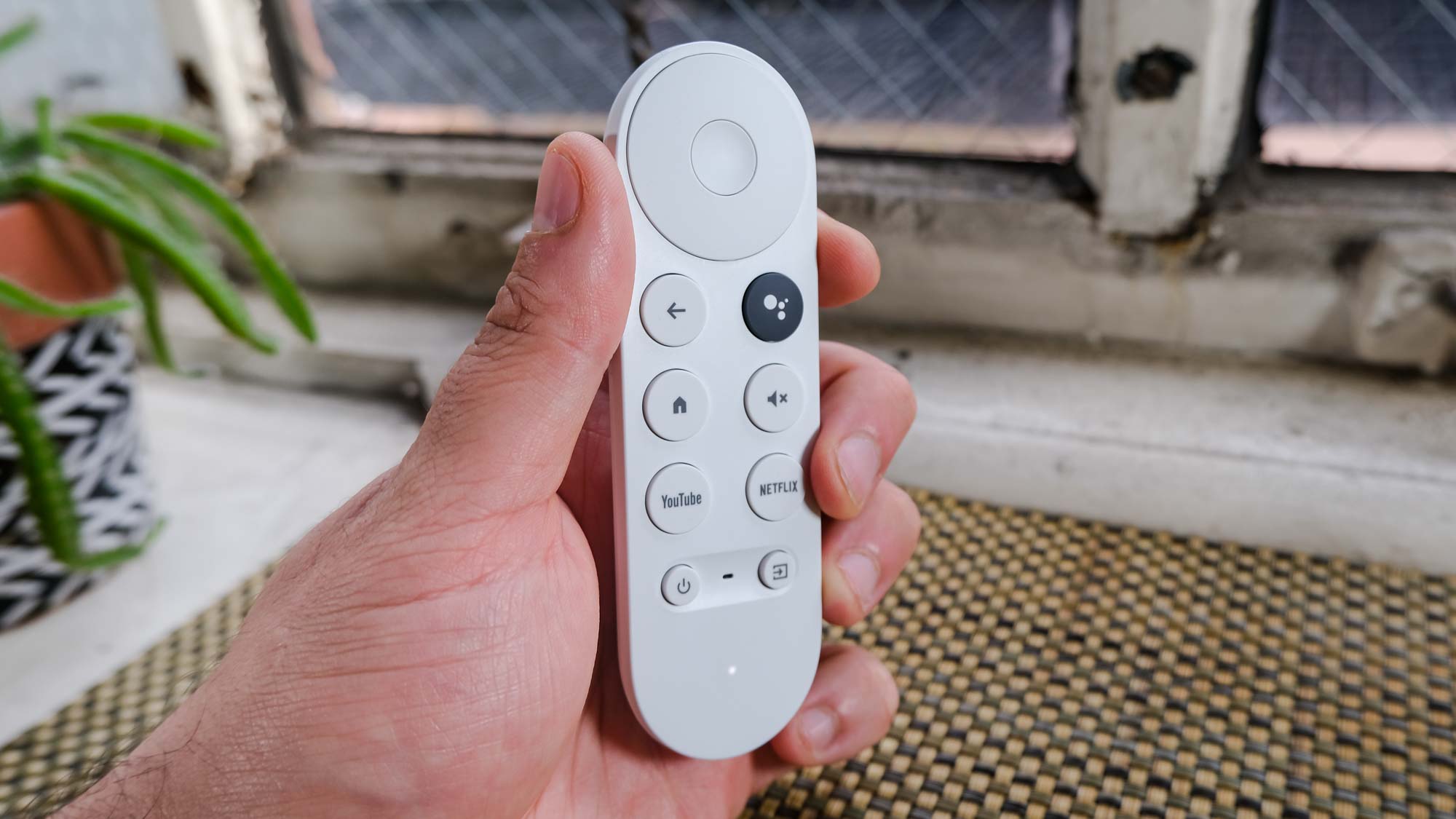
Remote: Mostly the same, with slight differences, the 4K Fire TV Sticks and Chromecast remotes offer everything you'll need — but each has a different perk. Amazon's best feature is that it has distinct fast forward, rewind and pause/play buttons. It also has a Live TV button to jump to your guide. The Chromecast remote doesn't have those buttons, but it does have an HDMI input switch button.
Verdict: These 4K streaming devices are far more alike than dissimilar in these categories. That said, we recommend the Chromecast with Google TV 4K over either of Amazon's 4K sticks, because it beats the Fire Stick 4K on performance and the 4K Max on price (by that narrow $5 margin). That said, Amazon often puts both of its Fire Sticks on sale, which Google does not.
Chromecast vs Fire Stick: HD models
| Header Cell - Column 0 | Chromecast with Google TV HD | Fire TV Stick Lite | Fire TV Stick (2020) |
|---|---|---|---|
| Picture quality | 1080p Full HD (HDR, HDR 10, HDR10+, HLG) | 1080p Full HD (HDR, HDR 10, HDR10+, HLG) | 1080p Full HD (HDR, HDR 10, HDR10+, HLG) |
| Audio quality | Dolby Digital, Dolby Digital Plus, and Dolby Atmos via HDMI passthrough | Dolby Audio via pass-through HDMI | Dolby Atmos |
| Remote | Chromecast remote | Alexa Voice Remote Lite (no TV controls) | Alexa Voice Remote |
| Price | $29.99 | $29.99 | $39.99 |
| Storage | Not disclosed | 8GB | 8GB |
| Processor | Not disclosed | Quad-core 1.7 GHz | Quad-core 1.7 GHz |
Price: The Chromecast with Google TV HD ($29) and Fire TV Stick Lite ($29) are both $10 cheaper than the standard Fire TV Stick ($39).
Picture quality: All three produce 1080p video at up to 60 frames per second. And while that's sub-4K, each does allow their Full HD video to look as good as it can, with the same Dolby Vision, HDR10 and HDR10+ support their 4K counterparts get.
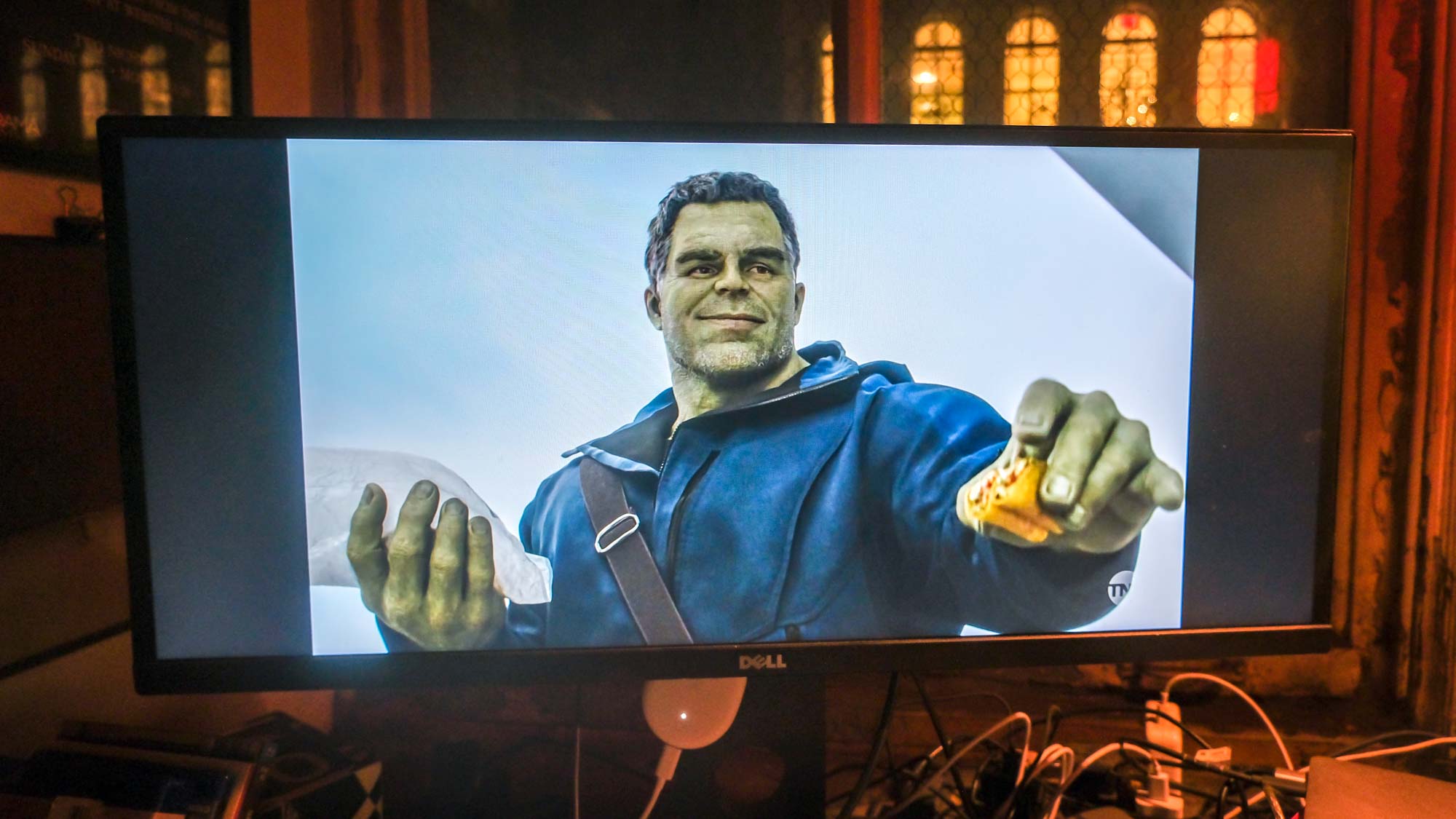
Audio quality: The HD Chromecast and Fire TV Stick both support Dolby Atmos and multi-channel (up to 7.1) audio. The Fire TV Stick Lite doesn't offer Atmos — which offers a more dimensional sound — only HDMI passthrough of Dolby-encoded audio. That said, all produced good-sounding content in our testing.
Performance: These HD streaming devices all delivered similar-enough speed when navigating and opening apps. Both had hiccups here and there, but everything was OK at the least. Thus, one fear of buying a cheap streaming device can be erased. The much-more expensive models are often faster, but these HD streamers are pretty much the same. The Fire TV Stick Lite and Fire TV Stick even share the same 1.7 GHz quad-core processor.
Load times for Netflix (18 seconds), Apple TV Plus (instantly) and Sling TV (20 seconds) were identical for the Chromecast and Fire TV Stick Lite (which isn't slower than its $10 more expensive big brother). One exception happened with HBO Max, which loaded in 21 seconds on the Chromecast and 10 seconds on the Fire TV Stick Lite.
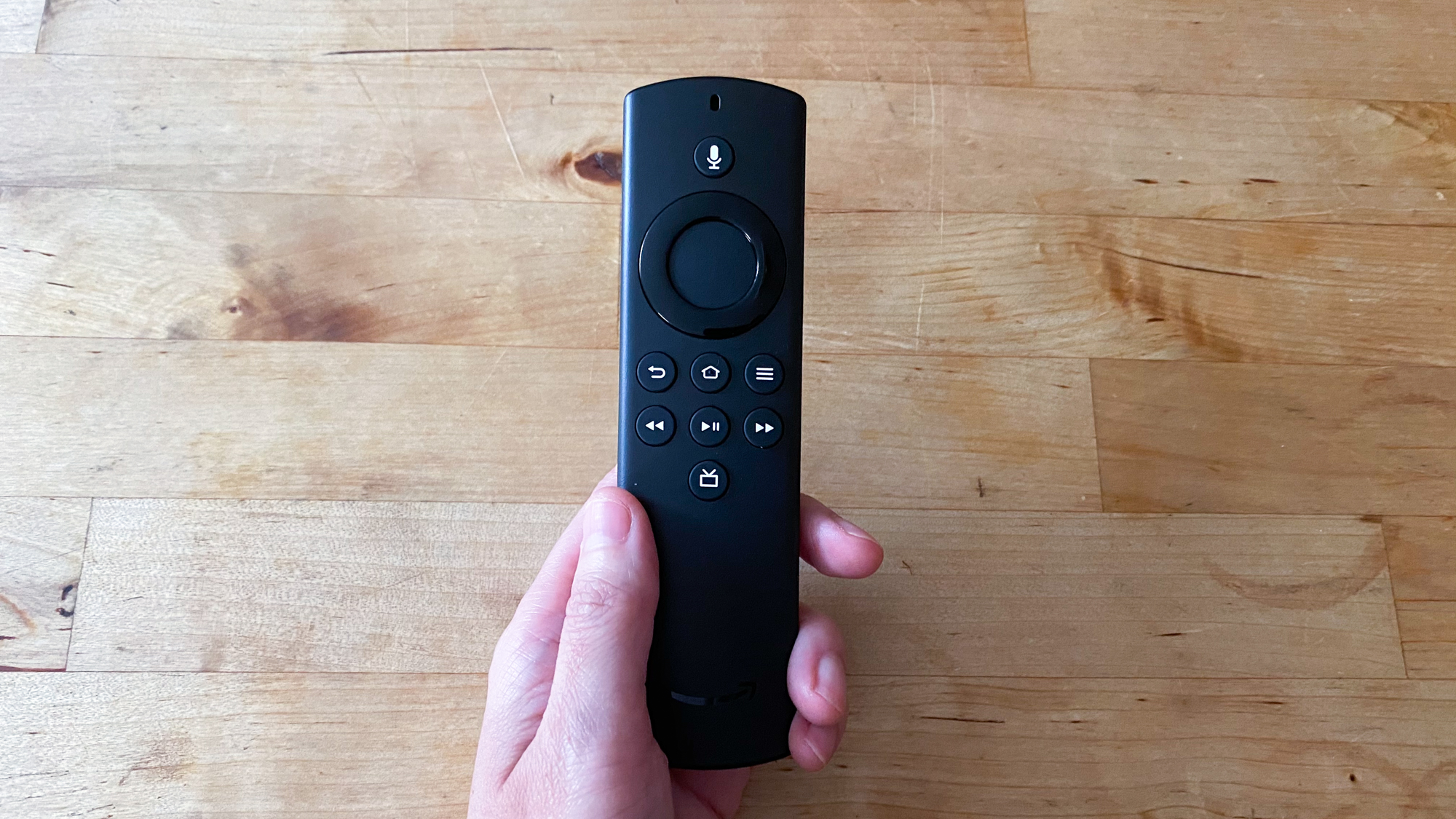
Remote: This is where we get annoyed with Amazon. The $29 Chromecast with Google TV and the $39 Fire TV Stick come with remotes with TV controls for volume and power. This is great because it helps you stop juggling remotes. The $29 Fire TV Stick Lite doesn't have that button. Also, neither Fire TV remote has the Chromecast remote's button for input switching.
Verdict: Again, advantage Chromecast. The Chromecast with Google TV HD may have had one stumble while loading HBO Max more slowly, but its performance is similar enough, as are its support for audio and video standards. It wins, of course, because it doesn't charge you $10 extra for valuable remote buttons and Dolby Atmos.
Chromecast vs Fire Stick: Interface
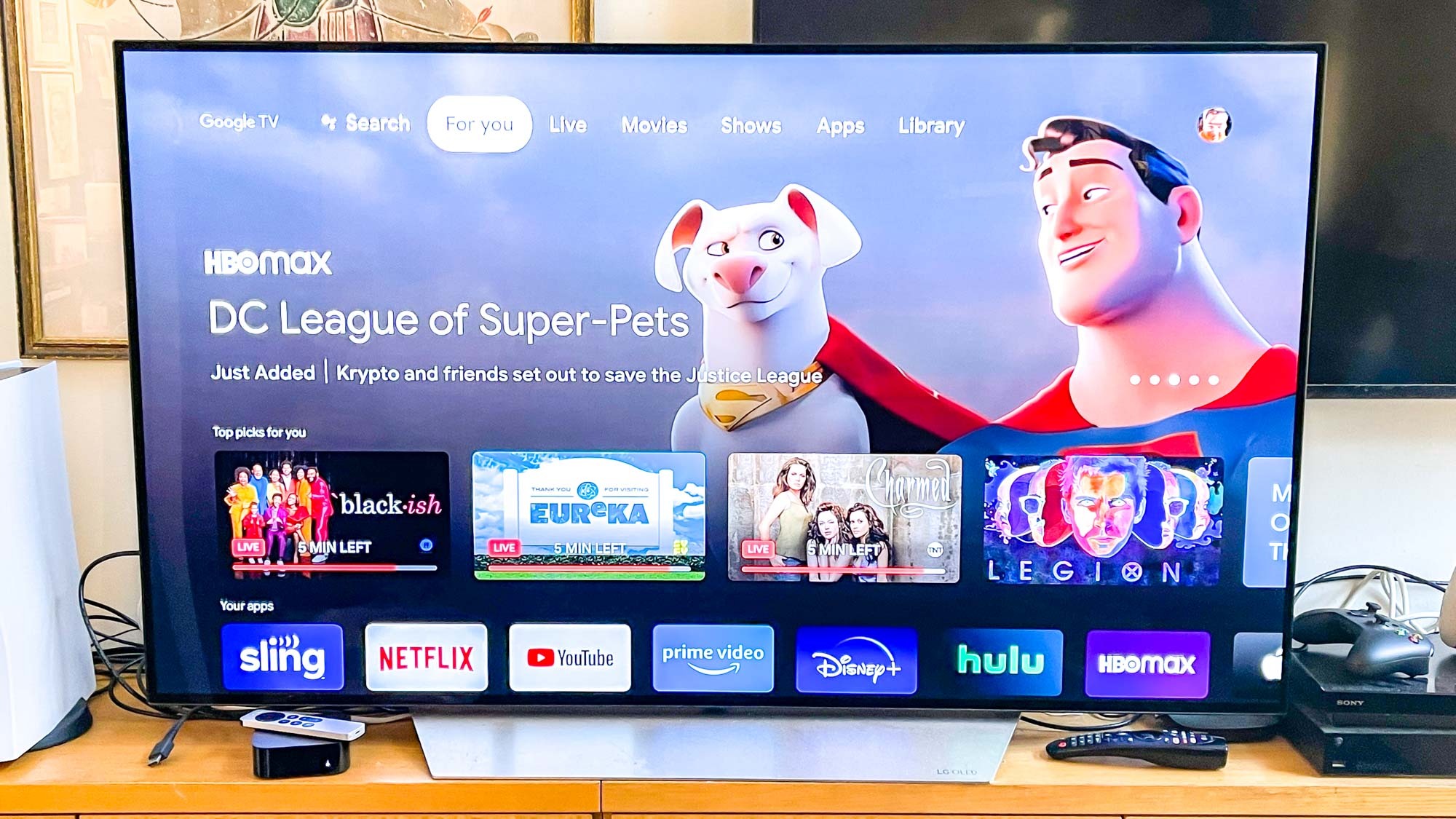
Neither the Fire TV OS home screen nor the Chromecast's home screen is what we'd call perfect. They're both capable, and they both are good at bringing content from live TV services such as Sling and YouTube TV onto the home screen.
That said, the Chromecast's Continue Watching row has proven buggy and inconsistent, and the home screen does have some paid ads (but so does Roku).
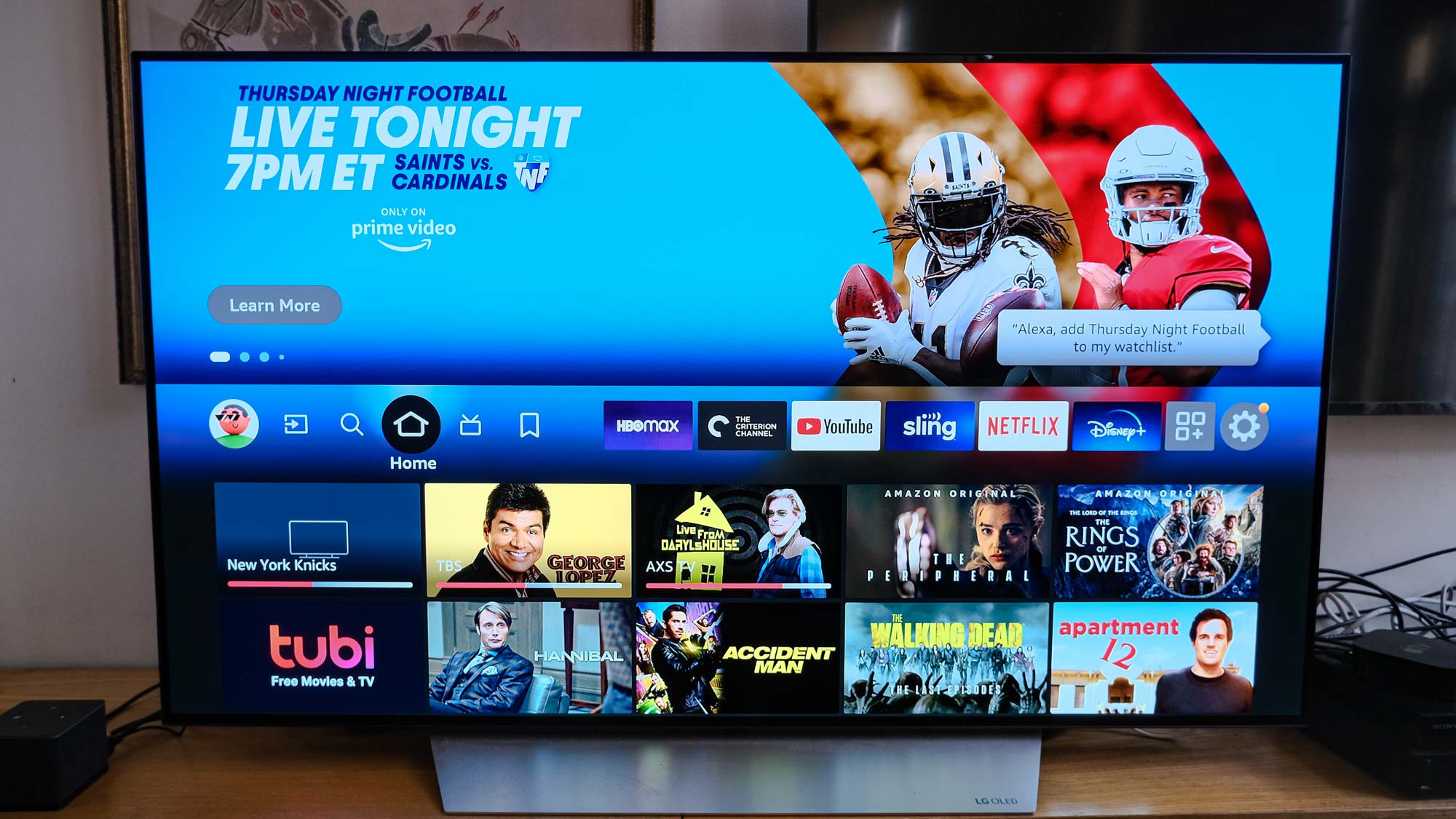
That said, the Fire TV interface has practically every kind of ad and sponsored content you could think of. Car ads, ads promoting the fact that you can buy everything for Halloween on Amazon and — of course — ads for shows on Prime Video and Amazon's Freevee service.
Verdict: Push. Your mileage may vary here.
Chromecast vs Fire Stick: Apps and special features
When it comes to actual apps for streaming services, the thing that matters the most (aside from price), the Chromecasts and Fire Sticks aren't missing any of the best streaming services.
Those with smart homes, however, will think differently — as the voice assistant you prefer (if you have a preference) will likely dictate your chgoice. The Chromecasts have Google Assistant, and the Fire Sticks all have Alexa in their remotes.
Tinkerers, of course, will love the Fire TV platform, as they can side-load apps such as Kodi.
Anything you can control via the Google Home app can be controlled with the Chromecast with Google TV, so you can check your cameras from your couch and even adjust the thermostat. Similarly, if Alexa can control your smart home devices, you can do so through your Fire Stick remote.
We do want to give a nod to the Fire TV Stick 4K Max's use of picture-in-picture for connected smart home cameras. While you can stream video from the best video doorbells and best home security cameras to Chromecast-enabled TVs, you can't yet do PIP, but the Chromecasts may be getting that in Android 13.
Tinkerers, of course, will love the Fire TV platform, as they can side-load apps such as Kodi. That said, this likely isn't a huge part of the market, instead the pro-sumer crowd.
Winner: The Fire TV Stick 4K Max, by a live camera's hair
Chromecast vs Fire Stick: Which should you buy?
So, let's break down who these six streaming devices are for:
Chromecast with Google TV 4K: You want to watch 4K content.
Amazon Fire TV Stick 4K Max: You want to check your connected cameras from your couch without stopping your stream.
Amazon Fire TV Stick 4K: If you want to side-load apps and don't mind slightly longer load times.
Chromecast with Google TV HD: For folks who don't have a 4K TV, or care about 4K content.
Amazon Fire TV Stick: If you don't need 4K and you don't mind paying $10 more for Alexa and side-loading.
Amazon Fire TV Stick Lite: If you don't need Dolby Atmos and prefer the Fire TV OS experience.
But as you've pieced together through this Chromecast vs Fire Stick face-off, we prefer the Chromecast experience over the Fire TV Stick's. And that's not just because Amazon slings more ads on its home screen. Google's remotes offer valuable buttons Amazon's don't, and Chromecasts aren't not lacking on A/V standards or performance.
Sign up to get the BEST of Tom's Guide direct to your inbox.
Get instant access to breaking news, the hottest reviews, great deals and helpful tips.

Henry is a managing editor at Tom’s Guide covering streaming media, laptops and all things Apple, reviewing devices and services for the past seven years. Prior to joining Tom's Guide, he reviewed software and hardware for TechRadar Pro, and interviewed artists for Patek Philippe International Magazine. He's also covered the wild world of professional wrestling for Cageside Seats, interviewing athletes and other industry veterans.
